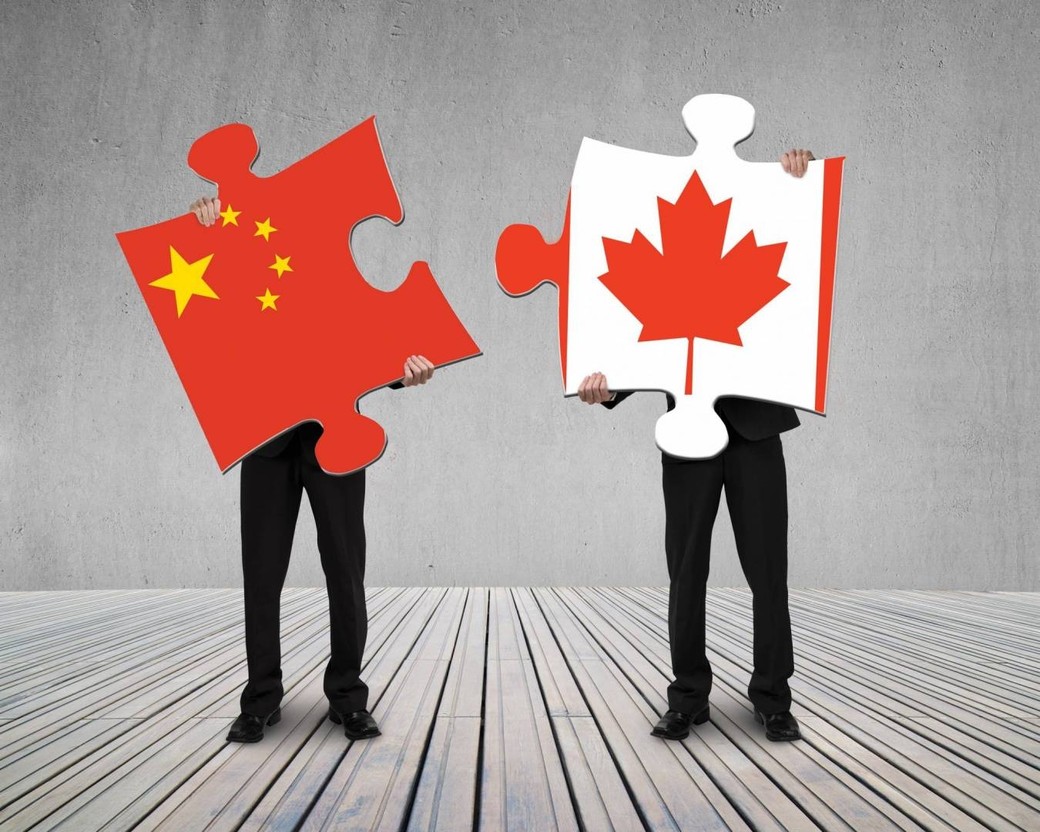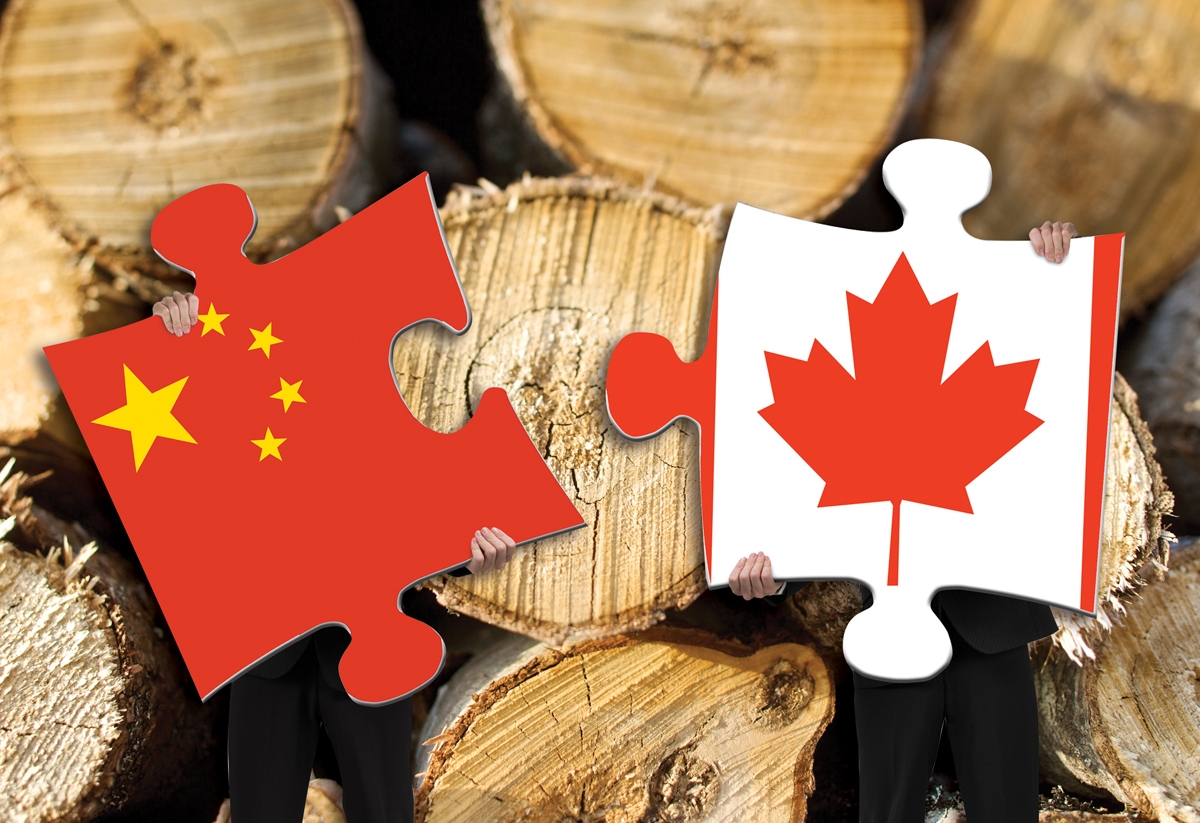
Let’s Seize the Opportunity for Greater Strides in China-Canada Trade
By Luo Zhaohui
Since China’s entry into the World Trade Organisation (WTO) in December 2001, China-Canada trade has grown markedly and is continuing its upward trend. Over at least the last decade, China has been Canada’s second largest trading partner and has emerged as Canada’s second biggest source of imports. In 2012, China vaulted past the United Kingdom as the second largest export market for Canadian goods. It is a unique relationship that will continue to grow.
1. China-Canada trade grows steadily and rapidly.
The statistical information of Statistics Canada shows that China-Canada trade volume increased from CAN$20.1 billion in 2002 to CAN$85.8 billion in 2015. The share of Canada’s trade with China has also increased from 2.7 per cent to 8.1 per cent of Canada’s global trade. For ten out of the past 13 years, China-Canada trade has grown at a double-digit pace. It is interesting to consider that the bilateral trade maintained a momentum of steady growth in 2015 despite the global economic slowdown with a year-on-year increase of 10 per cent. In the same period, Canadian exports to China rose 4.5 per cent to CAN$20.2 billion, making China the second largest export market of Canada for another consecutive year.
2. The China-Canada trade structure improves continuously.
Today, Canada’s exports to China include not only furs and timber as in the early days of economic engagement, but agricultural products, wood pulp, automobiles, airplanes and mineral products. Canada’s imports from China are no longer merely silk and porcelain, but machinery, electronic products, furniture, toys and other manufactured goods as well. The diversity in exports will only grow.
3. China continues to lead world economic growth
Following double-digit growth for years, China’s economy has entered into a new stage of approximately seven per cent annual growth. In 2015, China’s economy grew by almost seven per cent. Such growth rate is well above the world average. China has continued to lead world economic growth and remains a global growth engine.
The Chinese economy is undergoing restructuring, shifting from export-driven growth to one powered by domestic consumption. China will pursue an innovation-driven, coordinated, green, open and inclusive development in the period of its 13th five-year plan (2016-2020) for economic and social development. In the next five years, China’s urbanisation will grow rapidly and China will continue to promote the development of its land-based “Silk Road Economic Belt” and ocean “21st Century Maritime Silk Road” initiatives. China’s enormous domestic demand will help maintain the economy’s “new normal”. China’s middle-income population has already exceeded 100 million. The transformation of China’s growth model will bring unprecedented opportunities to the world.
4. China will turn challenges into opportunities.
It is regrettable to note that some international media still tend to publish negative reports and make biased and irresponsible comments on China’s economy. When China’s economy grows fast, they warn about what they call “China’s threat”. When China’s economy grows at a slower pace, they then paint a bleak picture of China “dragging down” global growth. The reality is that the Chinese government is well-equipped to face any challenges arising from various international economic developments or emerging uncertainties in the global economy and will do so with full confidence. China will be able to maintain a steady and sound economic growth through deeper economic restructuring and further opening to the outside world.
As remarked by Chinese Premier Li Keqiang, China’s economy has “grown up” against all odds.
Challenges and adversities make China’s economy more resilient and more sustainable. China’s economy has enormous potential. China has various strategies to address difficulties and challenges
5. There is broad prospect for China-Canada trade and economic cooperation
The new Liberal government took office in November 2015. As one may recall, it was during the term of the Liberal government headed by then Prime Minister Pierre Trudeau that China and Canada established diplomatic relations 45 years ago. Thanks to, among others, the Liberal Party’s long-standing tradition of valuing Canada-China relations, a good start has been made in the bilateral relations since the inception of the new Canadian government, heralding a new era for the China-Canada partnership.
Significant changes have taken place in both countries over the past 45 years. China is now the second-largest economy in the world and the largest in Asia. China’s economic and trade relations with major Western countries have been growing rapidly while China-Canada trade and economic cooperation is trailing other major economies. China and Canada are critical mutual trading and economic cooperation partners. The two economies are highly complementary and deeper bilateral cooperation under the framework of China’s programme for innovation-driven, coordinated, green, open and inclusive growth should be pursued. The implementation of China’s 13th five-year plan is expected to bring about more opportunities for cooperation between the two countries.
In this context, it is important for the two governments to listen to the voice of Chinese and Canadian business communities and start the negotiation of a Free Trade Agreement (FTA) at an early date. A mutually beneficial FTA would deliver more tangible benefits to both countries, creating more exports, more jobs and employment opportunities, to name just a few.
In 2015, China-Canada trade accounted for only 1.4 per cent of China’s global trade. China and Canada need to move forward quickly in the development of a maritime energy corridor connecting the two countries. Both countries should focus on creating new areas for bilateral cooperation and fully tap into the potential in such fields as energy resources, infrastructure development, advanced manufacturing and the green economy. The two countries may also consider some large-scale projects in such areas as nuclear power, high-speed rails, and liquefied natural gas (LNG).
To this end, both sides need to work together. China is ready to work closely with Canada to create a better tomorrow for China-Canada economic and trade cooperation.
Photo: iStock








